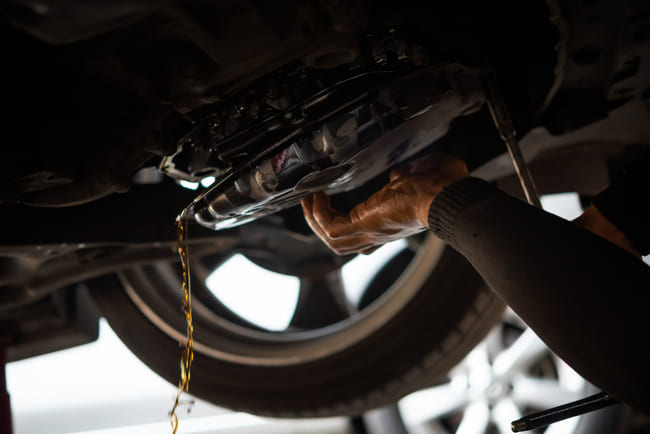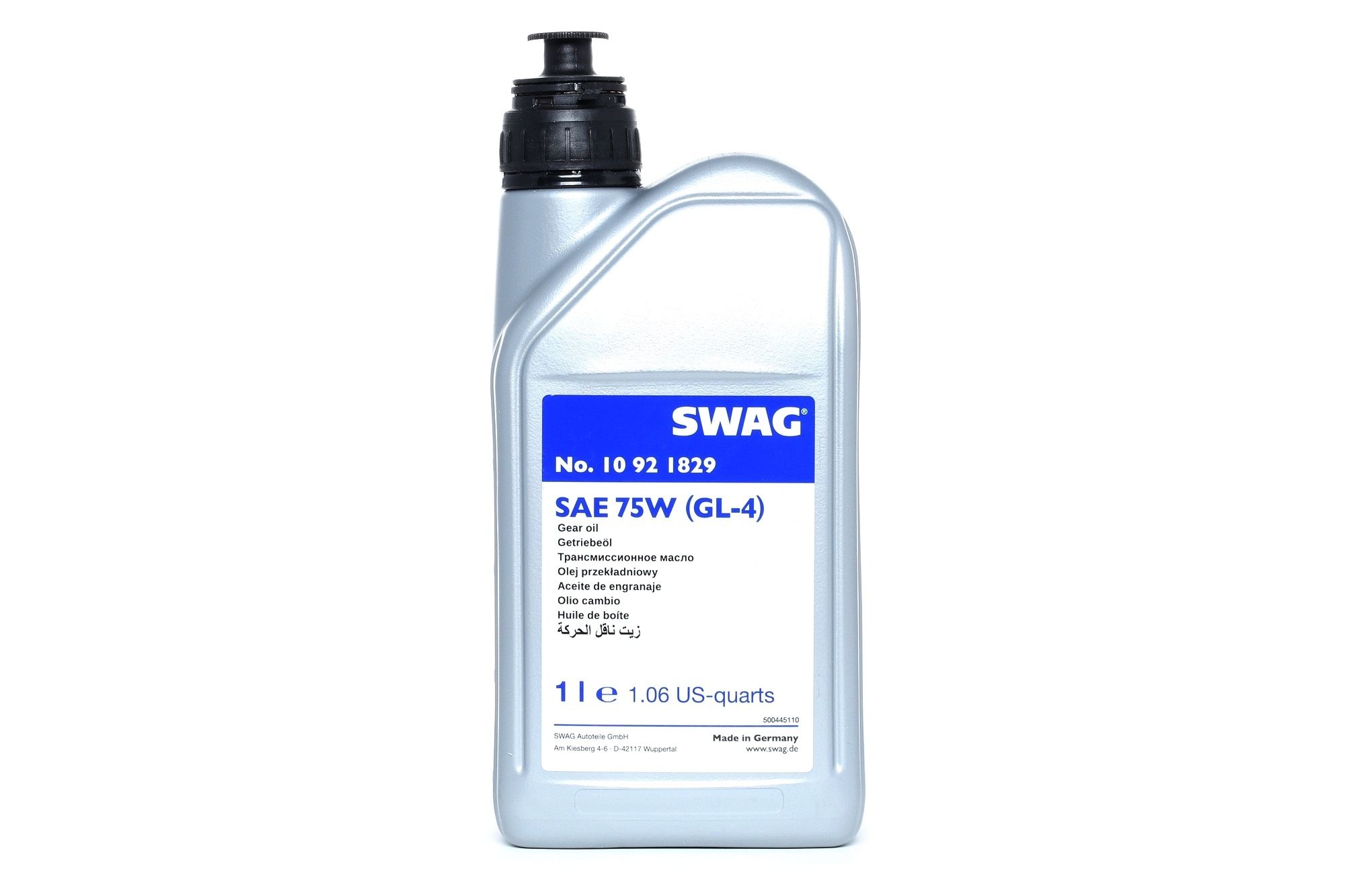Table of Contents
Car gearbox oil for automatic and manual: how to check level and change
Gear oil reduces wear by providing lubrication for the gears in order for them to work in precision. Checking the gear oil is a something that even hobby mechanics can do on their own. You’ll need a suitable oil level dipstick for car to check the oil level and colour. The colour tells you how much stress the oil has already been subjected to. It also cools and cleans: picking up the smallest abrasion particles and transporting them to the filter so that they do not cause friction in the gearbox. As the oil gets older, it becomes increasingly contaminated and loses important lubrication properties.
How often should you change the oil?
Changing to new manual and automatic gearbox oil is only necessary very few times in a car’s life. If the manufacturer does not specify an interval, the first change should be made after a mileage of about 80,000 to 100,000 kilometres or six to eight years. This also depends on the model and the driving style: a sporty driving style puts more demands on the transmission, increases wear, and also causes the transmission oil to age more quickly. The same applies to short journeys, which demand more from the transmission due to the more frequent gear changes. Take a look in your technical operating manual. There may be situations in which changing your gearbox lubricant is called for.

Sold by AUTODOC Sold by AUTODOC Sold by AUTODOC Sold by AUTODOC Sold by AUTODOC  SWAG Manual Transmission Oil
Capacity: 1l
SWAG Manual Transmission Oil
Capacity: 1l



 FEBI BILSTEIN Transmission fluid
75W-90, Capacity: 1l
FEBI BILSTEIN Transmission fluid
75W-90, Capacity: 1l
How to you top up the gear oil?
If you change your transmission oil, you should also replace the filter to make sure that any remaining particles are filtered out. Common Castrol gear oil types are 75W90, 80W90, and 75W140 for automatic transmissions. You need to find out which oils are approved and which one is currently in your vehicle. Since the filler opening of most transmission oil expansion tanks is rather small, you should use a suitable funnel if you need to top up. Keep in mind that if the gear oil needs to be changed completely so you can expect to use at least 3-4 litres of oil.
In order to evenly distribute your transmission oil, you should gradually engage all gears after filling. It is best if the vehicle wheels can rotate freely in the air, because this should take place without additional load(s) if possible.
You should leave your engine running and let your vehicle "drive" in each gear for at least one minute. After you have shifted through all the gears and “driven” with them, it is still advisable to switch off the vehicle engine only a few minutes later. This way will it reach all the related gear wheels, so that all components are optimally lubricated. Check the oil level again to make sure that your gearbox lubricant does not overflow. Now you can see if you haven’t put in enough oil and take appropriate countermeasures.















